How to permanently eliminate bed bugs with heat effortlessly?
Bedbugs are notoriously difficult to eliminate, as they can hide in countless locations and reproduce quickly. However, heat has shown to be one of the most effective and safest methods for eliminating bedbugs for good.
So, how do you permanently eliminate bed bugs with heat? The best method is through thermal remediation. The whole process of eliminating bed bugs from your home comes down to these steps:
- Deep clean home before the heat
- Inspect mattress, bed, furniture
- Set up bed bug heater
- Monitor heat over time
- Watch bugs emerge dying
- Inspect for survivors
- Wash all items with hot water
- Seal cracks and holes in walls
- Vacuum spaces to remove bugs
- Check often, repeat if needed
Thermal remediation raise the temperature in an infested area to around 112-135 degrees Fahrenheit. You can use a portable bed bug heater or hire a company specializing in thermal remediation.
How do you permanently eliminate bed bugs with heat?
Heat remediation is a simple process, but it must be done correctly to be effective. It’s crucial that you know where and how the bed bugs are hiding to target those specific areas with heat. Here’s how to permanently eliminate bed bugs with heat:
1. Prep your home for treatment by decluttering and deep cleaning
Start by decluttering your home and getting rid of anything that could provide a hiding place for bedbugs. This includes clothes, towels, linens, and clutter. Then, deep clean your home to remove any food sources that bedbugs could feed on. Vacuum carpets, mop floors, and wash all surfaces.
2. Locate the infested area in your home
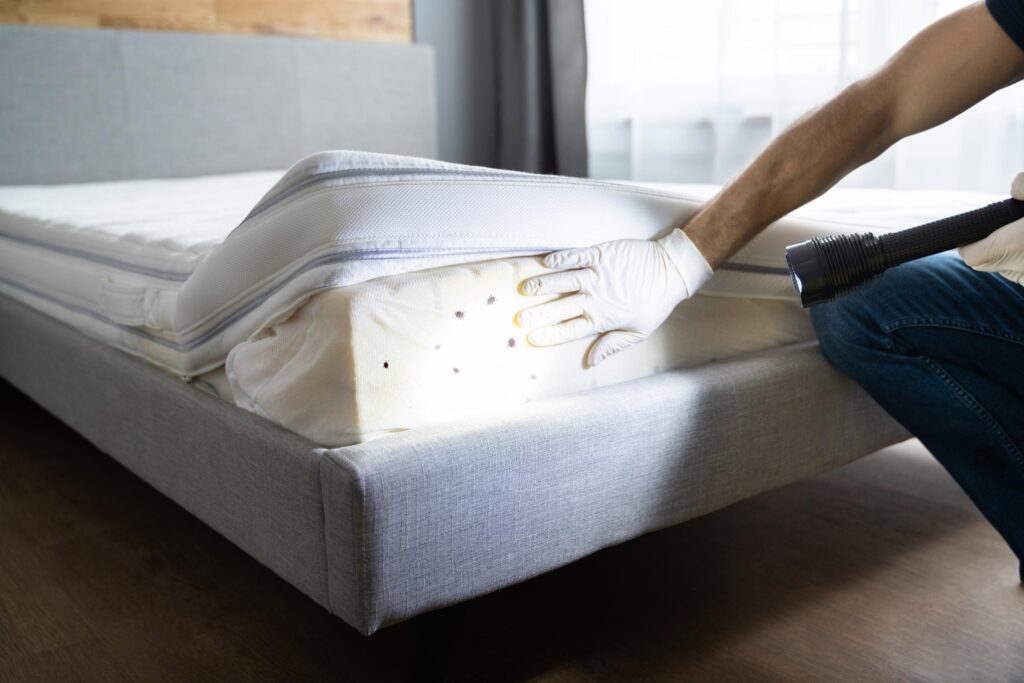
Bedbugs are most commonly found in bedding, mattresses, and furniture, so start by inspecting these areas for signs of bedbugs. It’s also important to check any other small openings or hiding spaces in your home, including cracks in the wall, around outlets or baseboards, and anywhere small items such as books or electronics may be storing bedbugs.
3. Prepare the bed bug heater and set it up in the infested area
A bed bug heater is a heating system designed to safely and effectively apply heat to kill bedbugs. It usually consists of a large, insulated box with heating elements that can reach temperatures up to 135 degrees Fahrenheit.
To correctly use a bed bug heater, read the instructions in the user manual and set it up in the infested area, making sure to seal off any openings or cracks where heat may escape. Make sure to turn off any smoke or carbon monoxide detectors in the area, as the heater may trigger them.
4. Monitor and maintain the temperature and treatment time
During the treatment, it’s important to monitor and maintain the temperature and the length of time the area is being heated. This will vary depending on the size and layout of the infested area, but it is typically recommended to maintain the temperature at around 120 degrees Fahrenheit for at least six hours.
5. Monitor the bed bugs as they come out of hiding
After the bed bug heater has been running for several hours, you will likely start to see bed bugs coming out of their hiding places. Be sure to monitor the area closely, as it may take several hours for all the bed bugs to be exterminated. Additionally, it is essential to note that the heating process may not kill all bed bugs on the first try – multiple treatments with a bed bug heater may be necessary for full extermination.
6. Follow up with post-treatment inspections and prevention steps
After the treatment, inspect the area for any remaining bedbugs and take steps to prevent future infestations. Wash all bedding, clothing, and linens in hot water, vacuum thoroughly, seal off any cracks or openings where bedbugs may hide, and regularly inspect for signs of infestation.
Safety tips for using a bed bug heater:
- Always plug the bed bug heater into an outlet before turning it on.
- Never leave the bed bug heater unattended while it is on.
- Keep the cord away from any flammable materials.
- Do not use the bed bug heater in a confined space.
- Make sure the room is well-ventilated while the bed bug heater is in use.
How long does it take to get rid of bed bugs with heat?
It can take a few hours to several days, depending on factors such as the size of an infestation, the temperature and humidity levels in your home, and whether or not the infestation is widespread throughout your property.
However, a heat treatment is typically an effective way of removing bed bugs permanently, as it kills off the eggs and any remaining bed bugs that may have survived in hidden areas of your home.
If you are dealing with a smaller infestation, you may be able to get rid of bed bugs with heat treatments that take place over a day or a weekend. This can be done by raising the temperature in your home to a high enough level to kill bed bugs, usually between 120 and 140 degrees Fahrenheit.
If you have a larger infestation, or if your home is huge, it may take longer to achieve the necessary temperature levels, and you may need to hire professional services to help with the treatment.
Overall, heat treatments are an effective way of permanently removing bed bugs, and they usually take less time than other treatment options. However, it is crucial to choose a qualified professional service to perform the heat treatment, as it is a method that requires careful preparation, monitoring, and management to be successful.
If you are dealing with a bed bug infestation or are concerned about bed bugs in your home, contact a pest control professional to discuss your options for getting rid of these pests. They can evaluate your home and help you decide on the best treatment method for your particular situation, which may include heat treatments as one of the options.
And if you are already dealing with bed bugs, it is crucial to take action as soon as possible to prevent the infestation from spreading and becoming more difficult to treat later on.
What temperature kills bed bugs?
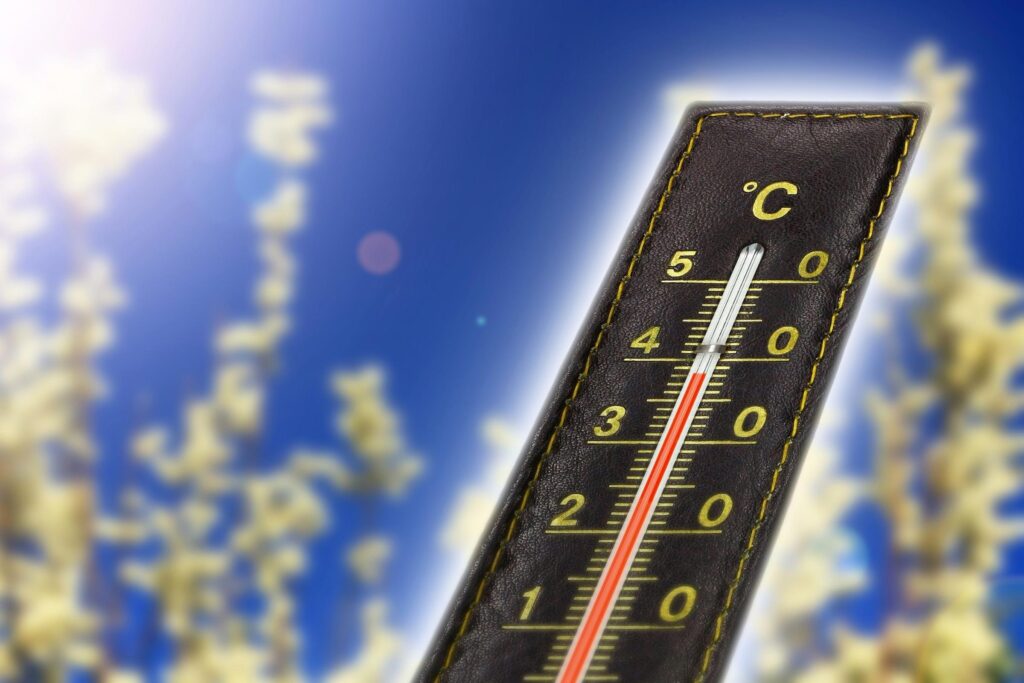
There is no single temperature that will kill all bed bugs. Different species of bed bugs may require different temperatures to be killed, and some are more resistant than others. In general, temperatures over 113°F will kill most bed bugs. Still, the exact temperature required depends on several factors, including how long the temperature is maintained and the type of bed bug.
Using a bed bug heater
Using a commercial bed bug heater is one effective method for killing bed bugs with heat. These heaters use elements on the inside that reach temperatures up to 140 degrees Fahrenheit. To correctly use a bed bug heater, you must turn on the heating elements.
Then, you should place the heater in an infested area and leave it to run for several hours, monitoring the temperature closely and adjusting it as needed. After several hours, you should start to see bed bugs coming out of their hiding places, and you can continue to leave the heater running until all of the bed bugs have been killed.
Using a steam cleaner
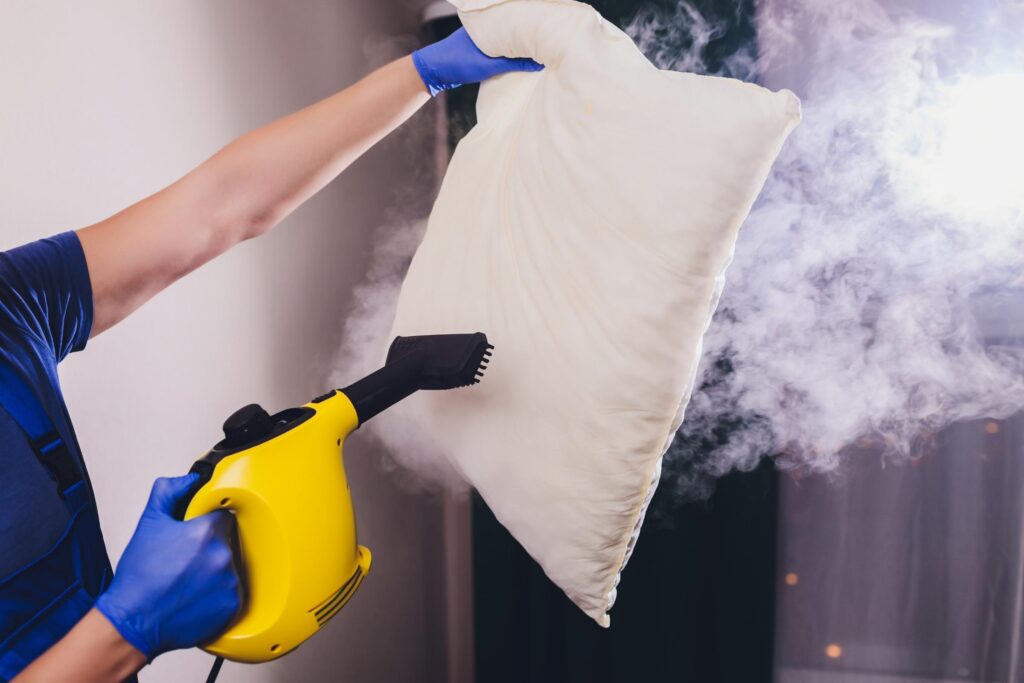
Another option for killing bed bugs with heat is to use a steam cleaner. Steam cleaners produce high-temperature, pressurized steam that can kill bed bugs by dehydrating them. To use a steam cleaner to kill bed bugs, you should place it close to the infestation and let it run until all the bed bugs have been killed.
Some do-it-yourself bed bug treatment kits include heaters, steam cleaners, and other tools that can kill bed bugs with heat. However, it is essential to carefully follow the instructions that come with these kits to achieve the best results and prevent any damage to your home or belongings.
Additionally, it is vital to enlist the help of a professional pest control service if you have a large or persistent infestation, as this type of treatment can be challenging to manage on your own.
How do you prevent bed bugs after heat treatment?
While heat remediation is a highly effective treatment method for removing bed bugs, it is crucial to take steps to prevent them from returning after the heat treatment has been completed.
- Thoroughly clean and vacuum all affected areas, including furniture and carpets. This should be done immediately after the heat treatment before any bed bugs can spread to other parts of your home or apartment.
- Wash all bedding and clothing on the hot cycle and dry on high heat. Use a steamer or dryer on any upholstered furniture and curtains.
- Seal any cracks or crevices in walls and floors to prevent bed bugs from hiding and re-infesting your home.
- Regularly inspect for signs of bed bugs, including their distinctive dark spots on mattresses and furniture, and take immediate action if they are found.
- Consider using mattress encasements to prevent bed bugs from hiding in your mattresses and bedding.
- When traveling, inspect the hotel room for bed bugs before bringing in any luggage or personal items. Avoid placing luggage on the bed or floor and use a luggage rack instead.
How do you know if bed bug treatment worked?
The answer to this question is simple: if you see no more signs of bed bugs, your treatment was successful. However, it is crucial to be vigilant and watch for any additional bites or other symptoms that could indicate a recurrence. If you still see bites after the treatments have been completed or notice any other signs of bed bugs, schedule another inspection as soon as possible.
One of the best ways to ensure that your treatment works are to take preventative measures against further infestation. This can include making your home or business less attractive to bed bugs, such as regularly laundering your bedding and keeping clutter to a minimum.
It can also involve hiring an exterminating service to do regular bed bug inspections so that any potential infestations can be caught and treated before they have a chance to spread throughout your home or workplace.
FAQs:
Can bed bugs still live after heat treatment?
Yes, bed bugs can still live after heat treatment if the correct temperatures are not maintained for a sufficient amount of time. This is why it is essential to carefully follow the instructions when using a heater or steam cleaner and to enlist professional help if you are dealing with a large or persistent infestation.
Can Bed Bugs Live in Cold Temperatures?
Bed bugs can survive in cold temperatures but generally die if the temperature drops below freezing. The cold can slow their metabolism and make them less active, but they will be able to survive if the temperature is not too low. Also, bed bugs have been known to survive in cold areas such as refrigerators and freezers, so it is vital to take extra care when treating a suspected infestation.
Conclusion
The proper treatment makes it possible to get rid of bed bugs using heat permanently. There are a variety of tools and methods that can be used for heat treatment, including special heating units and insecticide sprays. However, it is essential to follow all instructions carefully and enlist the help of a professional pest control service if necessary to ensure that the heat treatment is effective and prevents further infestation. Taking preventative measures and staying vigilant for signs of bed bugs can help reduce the risk of re-infestation and protect your home or workplace against these pests.


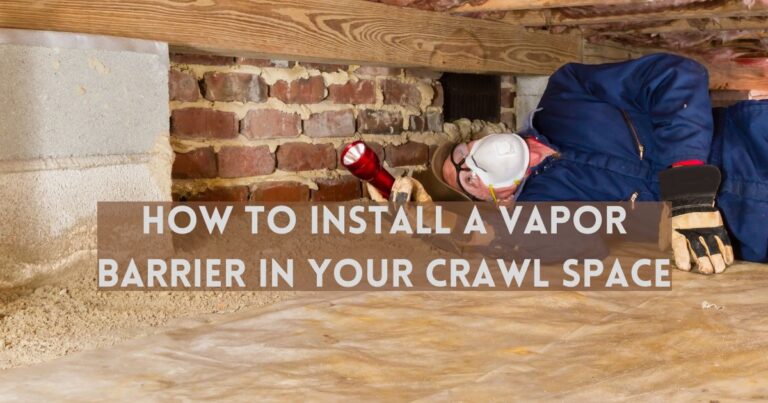

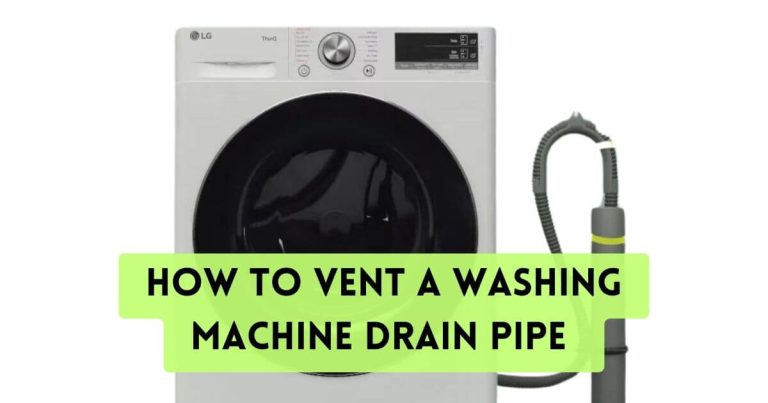
![How Do You Maintain Your Lawn? [5 Easy Steps]](https://www.homeimprovementdock.com/wp-content/uploads/2023/03/how-to-maintain-a-lawan-featured-image-768x384.jpg)
